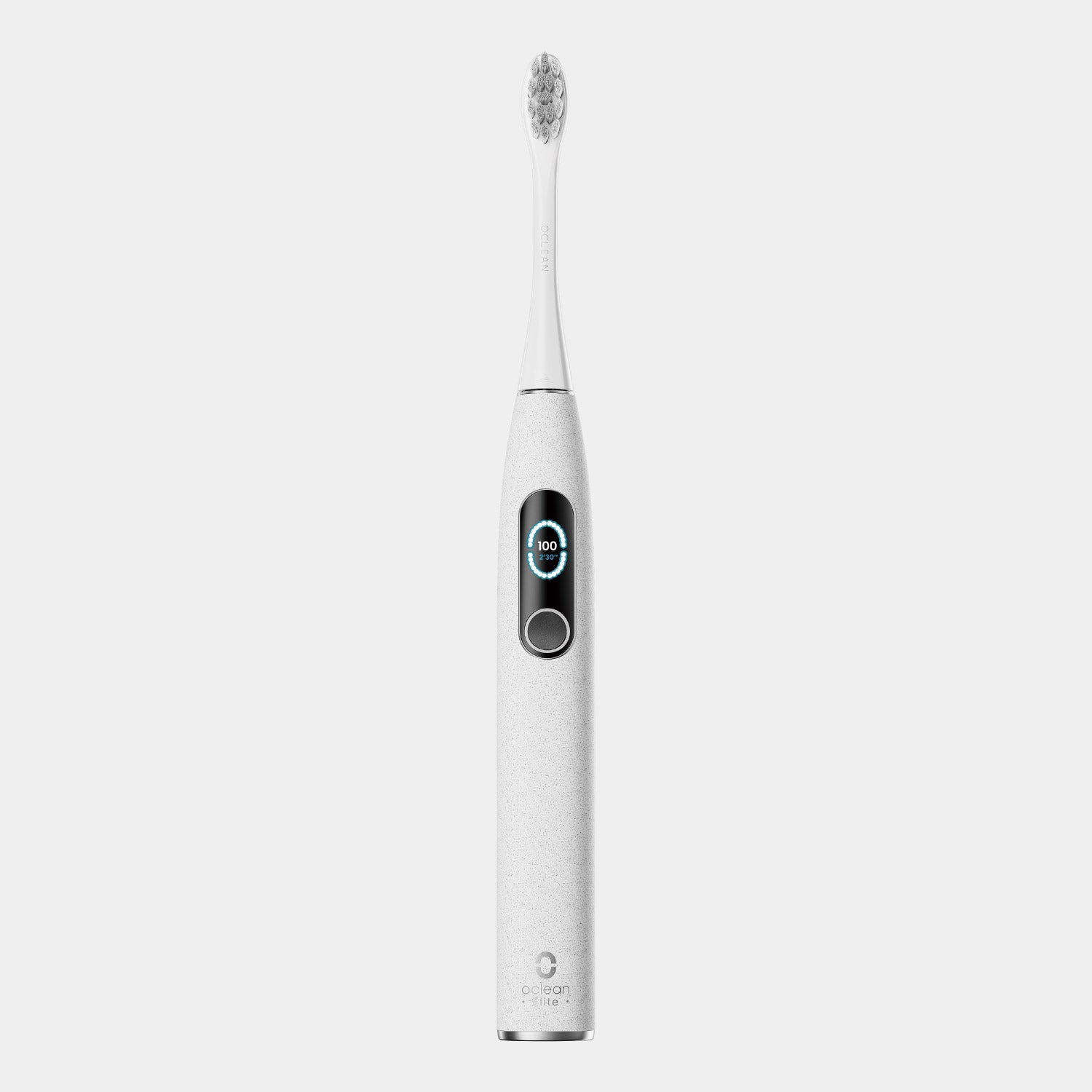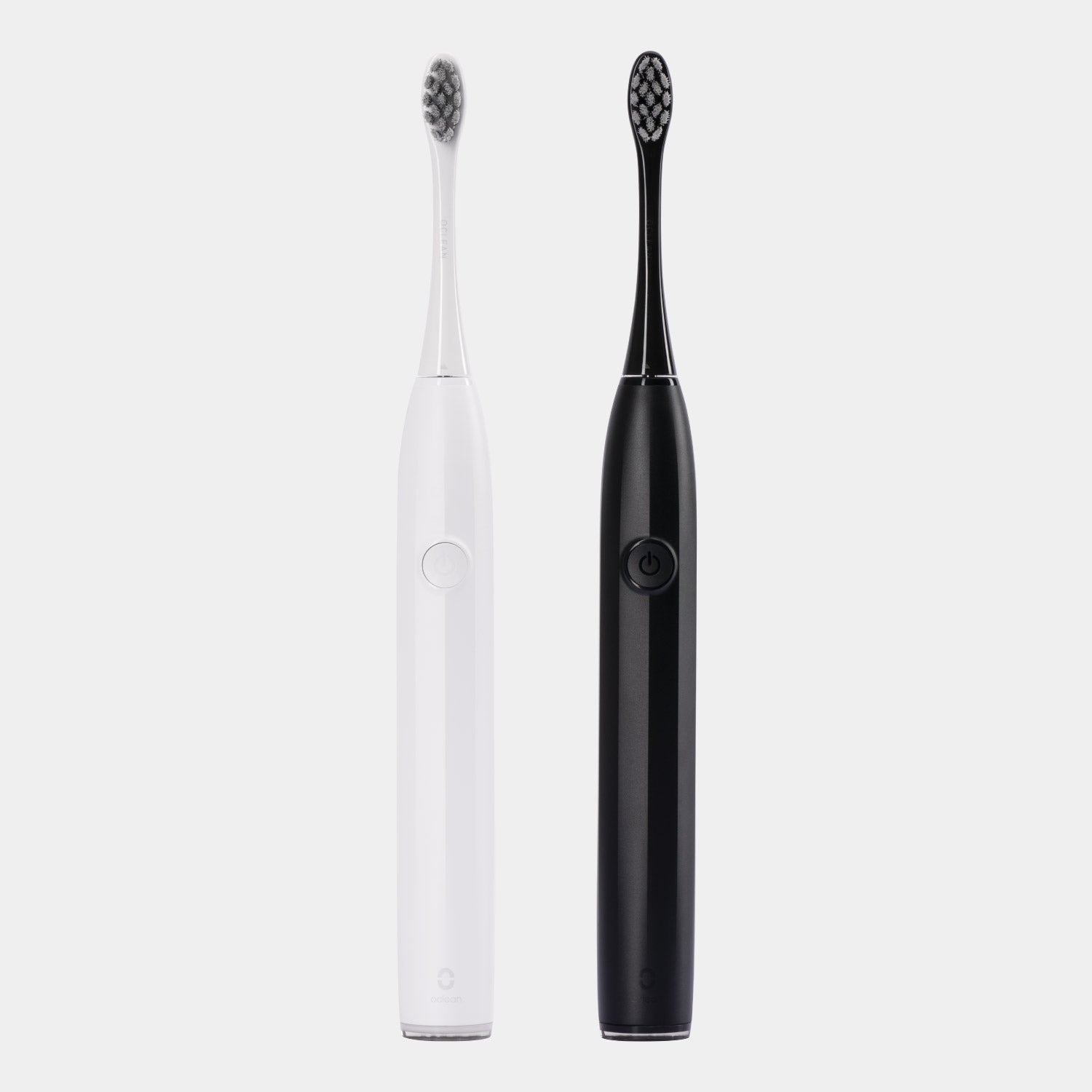Gum disease is a prevalent health issue affecting millions of people worldwide. It encompasses a range of conditions that affect the gums and supporting structures of the teeth. Understanding these diseases, their symptoms, and how to prevent them is crucial for maintaining good oral health. This article delves into the most common gum diseases, their causes, and practical tips for prevention.
Common Gum Problems
Common gum problems often go unnoticed until they cause significant discomfort, impacting daily activities and overall oral health. These problems can range from minor irritations to severe conditions that require professional intervention. Being aware of these issues and their early signs can help in taking timely action to prevent further complications.
One of the most frequent gum problems is gum swelling. Swollen gums can be a result of irritation from food particles, poor oral hygiene, or an allergic reaction to dental products. The swelling may cause discomfort, tenderness, and even difficulty eating or speaking.
Another common issue is bleeding gums. This can occur during brushing or flossing and is often an early sign of gum irritation or inflammation. Bleeding gums can be caused by using a toothbrush with hard bristles, improper brushing techniques, or even changes in diet that affect gum health.
Gum recession is a prevalent problem where the gum tissue gradually pulls back from the teeth, exposing more of the tooth or its root. This can lead to increased sensitivity, higher risk of tooth decay, and an unsightly appearance. Receding gums can be caused by aggressive brushing, grinding teeth, or even hormonal changes.
Bad breath, medically known as halitosis, is another common gum problem. It can be caused by the buildup of bacteria in the mouth, poor oral hygiene, or underlying gum infections. Persistent bad breath is often an indication that there may be an issue with gum health that needs to be addressed.
Gum sensitivity is also a frequent issue, where the gums become overly sensitive to temperature changes, certain foods, or touch. This sensitivity can be due to gum recession, enamel erosion, or other underlying gum conditions. It can significantly impact a person's comfort and quality of life.
Lastly, gum discoloration can signal a problem. Healthy gums are typically pink, but they can turn red, white, or even dark depending on various factors like infection, trauma, or certain medical conditions. Discolored gums should not be ignored as they might indicate a more serious underlying issue.
Types of Gum Diseases
There are several types of gum diseases, each with its own set of symptoms and implications for oral health. Understanding these different types can help in identifying and managing them effectively.
Gum Diseases - List
The following is a comprehensive gum disease list, detailing the various types and their characteristics:
- Gingivitis: Gingivitis is the mildest form of gum disease. It causes redness, swelling, and bleeding of the gums, especially during brushing or flossing. Gingivitis is usually the result of poor oral hygiene, which allows plaque to accumulate on the teeth and gums. The condition is reversible with proper oral hygiene and professional treatment. Regular brushing, flossing, and dental check-ups can help prevent gingivitis and keep the gums healthy.
- Chronic Periodontitis: Chronic periodontitis is the most common type of periodontitis, characterized by the inflammation of the supporting structures of the teeth. This includes the gums, periodontal ligament, and alveolar bone. Symptoms include gum recession, pocket formation between the teeth and gums, and bone loss. Chronic periodontitis progresses slowly and is more common in adults. If left untreated, it can lead to tooth loss and other complications. Management involves professional dental cleanings, improved oral hygiene, and sometimes surgical interventions to restore damaged tissues.
- Aggressive Periodontitis: Unlike chronic periodontitis, aggressive periodontitis progresses rapidly and can lead to significant tooth loss in a short period. This condition often affects younger individuals and may have a genetic component. Early diagnosis and treatment are crucial to managing this condition effectively. Symptoms include rapid attachment loss, bone destruction, and familial aggregation. Treatment typically involves a combination of deep cleaning, antibiotics, and sometimes surgical procedures to control the infection and restore the health of the gums.
- Necrotizing Periodontal Disease: Necrotizing periodontal disease is a severe form of gum disease characterized by the death of gum tissue, tooth ligaments, and bone. It is most common in individuals with compromised immune systems, malnutrition, or chronic stress. Symptoms include severe pain, bleeding, and foul-smelling breath. This condition requires immediate medical attention and treatment, which may include antibiotics, professional cleaning, and improved oral hygiene. Proper nutrition and managing underlying health conditions are also important for recovery.
- Periodontitis as a Manifestation of Systemic Diseases: Some systemic diseases, such as diabetes and cardiovascular disease, can manifest as periodontal disease. These systemic conditions can exacerbate gum disease symptoms and complicate their management. For example, diabetes can impair the body's ability to fight infections, including those in the gums. The management of these conditions often requires a multidisciplinary approach, addressing both the systemic disease and the periodontal symptoms. Treatment may involve collaboration between medical and dental professionals to ensure comprehensive care.
- Peri-implantitis: Peri-implantitis is a type of gum disease that affects the tissues surrounding dental implants. Similar to periodontitis, peri-implantitis can lead to inflammation, bone loss, and implant failure if not treated promptly. This condition is often caused by poor oral hygiene, smoking, or other risk factors that contribute to bacterial infection around the implant. Maintaining good oral hygiene, regular dental check-ups, and professional cleanings are essential for preventing peri-implantitis. Treatment may involve deep cleaning, antibiotics, and sometimes surgical interventions to restore the health of the tissues around the implant.
- Gingival Hyperplasia: Gingival hyperplasia, also known as gingival overgrowth, is a condition characterized by the excessive growth of gum tissue. It can be caused by certain medications, such as anti-seizure drugs, immunosuppressants, and calcium channel blockers. Poor oral hygiene and plaque buildup can exacerbate the condition. Symptoms include enlarged gums that may cover part of the teeth, making it difficult to clean them properly. This can lead to increased risk of gum disease and tooth decay. Treatment often involves improving oral hygiene, adjusting medications under medical supervision, and in severe cases, surgical removal of the excess gum tissue.
- Gingival Fibromatosis: Gingival fibromatosis is a rare genetic condition that causes the gums to grow excessively thick and fibrous. The overgrowth can cover teeth and interfere with their eruption, leading to functional and aesthetic issues. Symptoms typically appear early in life and can progress over time. Treatment usually involves surgical removal of the excessive gum tissue, but the condition can recur. Maintaining good oral hygiene is essential to prevent secondary infections and complications.
- Desquamative Gingivitis: Desquamative gingivitis is a condition where the outer layers of the gum tissue peel away, leaving raw, red, and sore areas. It is often associated with autoimmune disorders such as lichen planus and pemphigus vulgaris. Symptoms include painful, bleeding gums, and sensitivity to hot, cold, and spicy foods. Diagnosis usually involves a biopsy to determine the underlying cause. Treatment focuses on managing the underlying condition, using corticosteroids to reduce inflammation, and maintaining good oral hygiene to prevent secondary infections.
Causes of Common Gum Problems
Common gum problems have various causes, ranging from poor oral hygiene to genetic predispositions. Understanding these causes can help in preventing and managing these issues effectively.
Poor oral hygiene
Poor oral hygiene is the leading cause of most common gum problems. Failure to brush and floss regularly allows plaque to build up on the teeth and gums, leading to gingivitis and periodontitis. Plaque is a sticky film of bacteria that forms on the teeth and gums after eating and drinking. If not removed, it can harden into tartar, which can only be removed by a dental professional. Tartar buildup can irritate the gums, leading to inflammation and gum disease. Regular dental check-ups and professional cleanings are essential to remove plaque and tartar that cannot be removed by brushing alone. Good oral hygiene practices, such as brushing twice a day with fluoride toothpaste and flossing daily, are crucial for preventing plaque buildup and maintaining healthy gums.
Smoking and tobacco
Smoking and tobacco use are significant risk factors for gum disease. Tobacco products weaken the immune system, making it harder to fight off infections, including those that cause gum disease. Smokers are more likely to develop periodontal disease and experience more severe forms of the condition. The chemicals in tobacco can also hinder the healing process, making it more difficult for the gums to recover from infection or injury. Additionally, smoking reduces the amount of oxygen in the bloodstream, which can impair the health of the gums and other tissues in the mouth. Quitting smoking and avoiding tobacco products are vital steps in reducing the risk of gum disease and improving overall oral health.
Genetics
Genetics also play a role in common gum problems. Some people are more susceptible to gum disease due to their genetic makeup. If you have a family history of gum disease, it's essential to take extra precautions and maintain excellent oral hygiene to reduce your risk. Genetic factors can influence how your body responds to bacteria in the mouth and how susceptible your gums are to inflammation and infection. While you cannot change your genetic predisposition, being aware of your risk can help you take proactive steps to protect your gum health. Regular dental visits and good oral hygiene practices are especially important for individuals with a family history of gum disease.
Medical conditions
Certain medical conditions, such as diabetes, can increase the risk of gum disease. People with diabetes are more prone to infections, including gum infections. High blood sugar levels can impair the body's ability to fight off infections, including those that affect the gums. Managing diabetes effectively and maintaining good oral hygiene can help reduce the risk of gum problems. Other medical conditions, such as immune system disorders, can also increase the risk of gum disease. These conditions can weaken the immune system, making it more difficult for the body to fight off infections and maintain healthy gums.
Hormonal changes
Hormonal changes, such as those experienced during pregnancy, puberty, and menopause, can also affect the gums. These changes can make the gums more sensitive and susceptible to gum disease. For example, increased hormone levels during pregnancy can cause the gums to become more inflamed and prone to bleeding. This condition, known as pregnancy gingivitis, can be managed with good oral hygiene and regular dental visits. Hormonal changes during puberty and menopause can also affect the gums, making them more susceptible to inflammation and infection. Women should pay extra attention to their oral health during these periods and seek professional advice if needed. Regular dental check-ups and good oral care can help manage the effects of hormonal changes on the gums.
Diet
Diet plays a crucial role in maintaining gum health. A diet high in sugars and refined carbohydrates can contribute to the development of plaque and tartar, leading to gum disease. Sugary foods and drinks provide a food source for bacteria in the mouth, which can produce acids that erode tooth enamel and irritate the gums. A balanced diet rich in vitamins and minerals, particularly vitamin C and calcium, is essential for maintaining healthy gums. Vitamin C is important for the production of collagen, a protein that helps maintain the structure of the gums, while calcium helps strengthen the teeth and bones. Eating a healthy diet and limiting sugary and acidic foods and drinks can help reduce the risk of gum disease.
How to Prevent Gum Diseases?
Preventing gum diseases involves a comprehensive approach to oral hygiene and lifestyle choices. Here are key points to help you maintain healthy gums:
- Brush Twice Daily: Brush your teeth at least twice a day with fluoride toothpaste to remove plaque and food particles.
- Floss Daily: Floss daily to clean between teeth and under the gumline where a toothbrush can't reach.
- Use a Water Flosser: Incorporate a water flosser, into your routine. This device uses a stream of water to effectively remove plaque and food debris, particularly in hard-to-reach areas, reducing gum irritation and promoting healthier gums.
- Switch to a Sonic Toothbrush: Use a sonic toothbrush, like Oclean X Pro Elite for more efficient plaque removal. The high-frequency vibrations of a sonic toothbrush ensure thorough cleaning of teeth and gums, helping to prevent plaque and tartar buildup.
- Regular Dental Check-ups: Visit your dentist regularly for professional cleanings and check-ups to catch early signs of gum disease and maintain optimal oral health.
- Maintain a Balanced Diet: Eat a balanced diet rich in vitamins and minerals, particularly vitamin C and calcium, to support gum health.
- Avoid Tobacco Products: Quit smoking and avoid tobacco products, as they can significantly increase the risk of gum disease and hinder the healing process.























































































